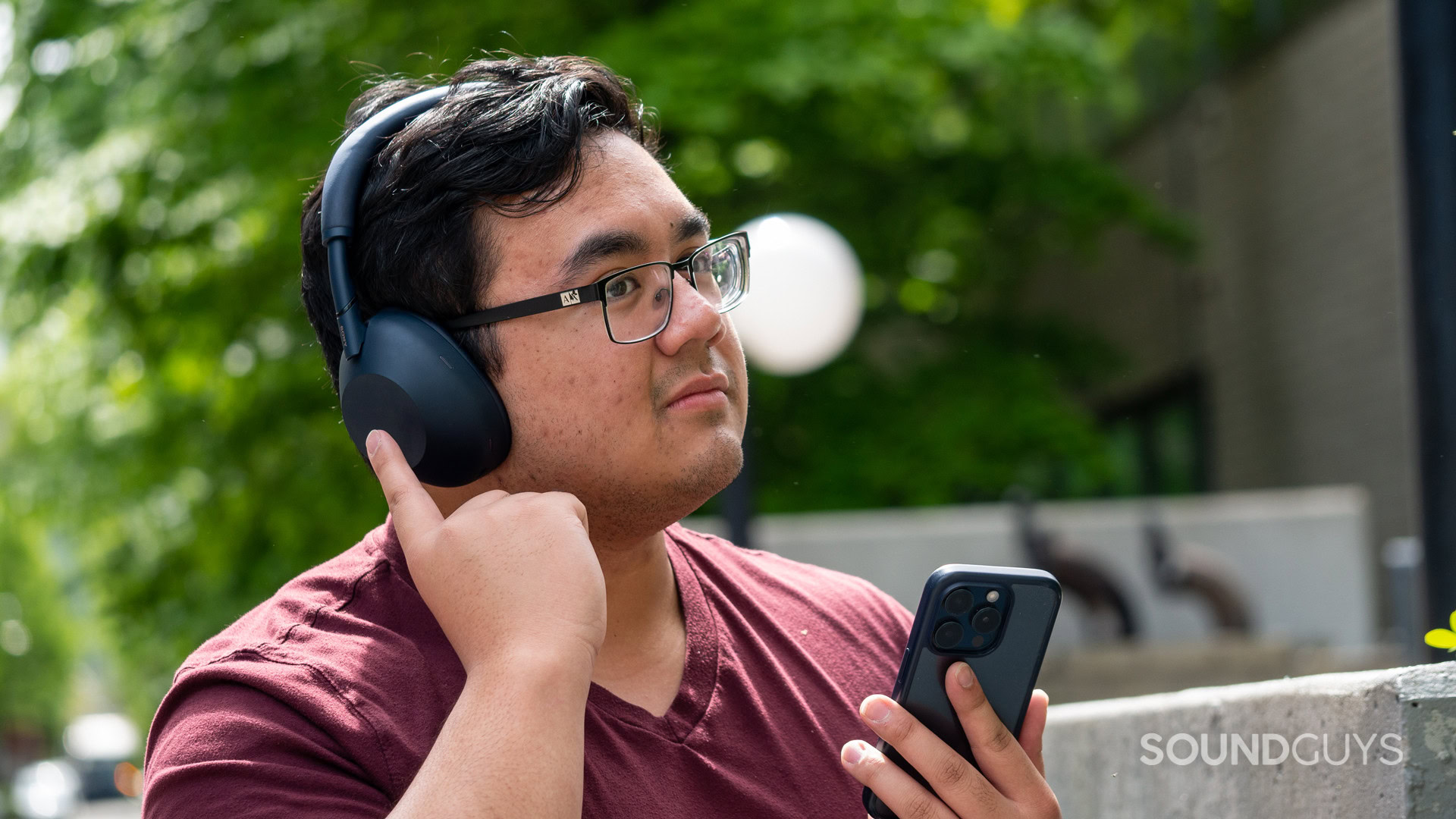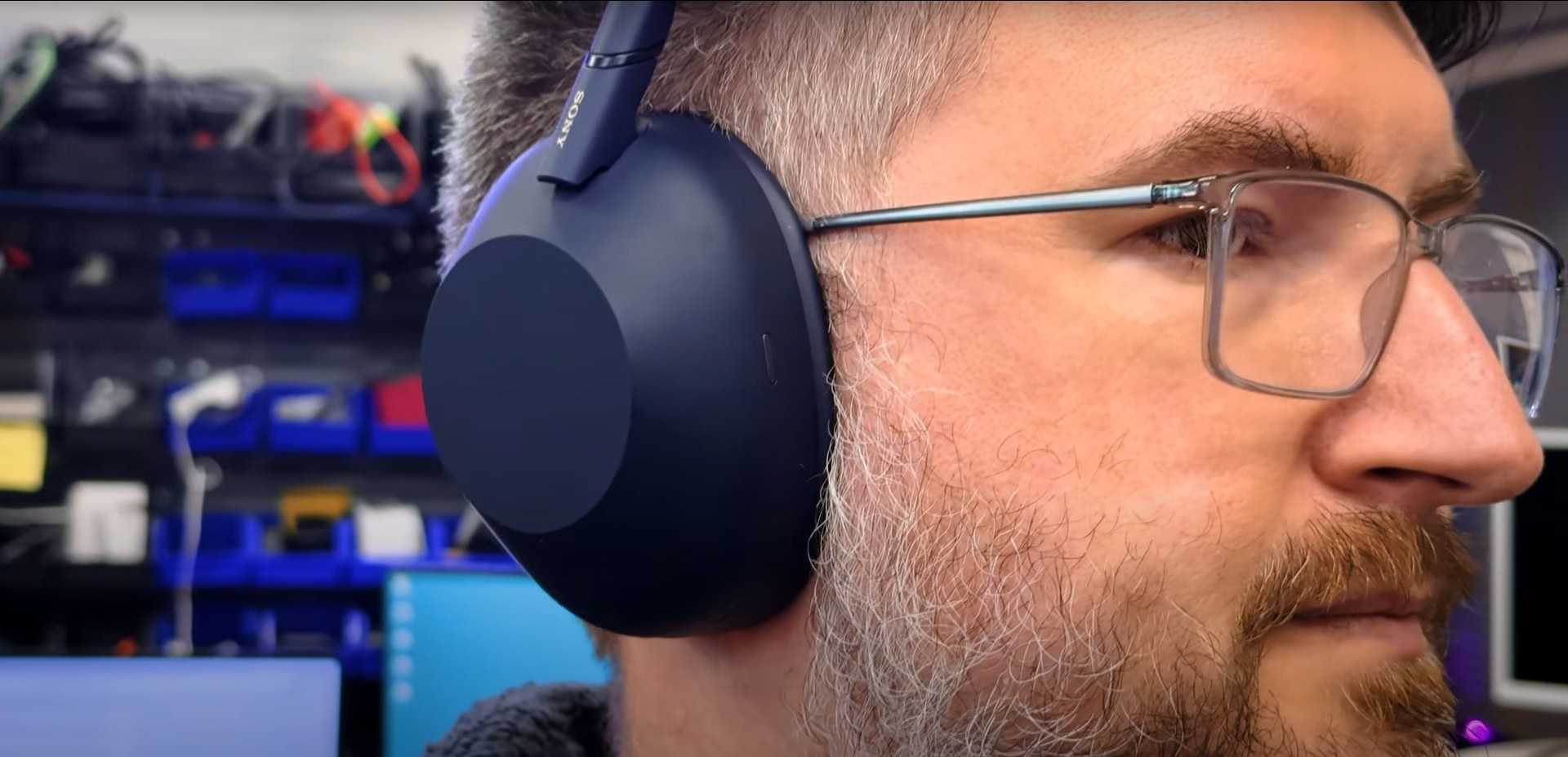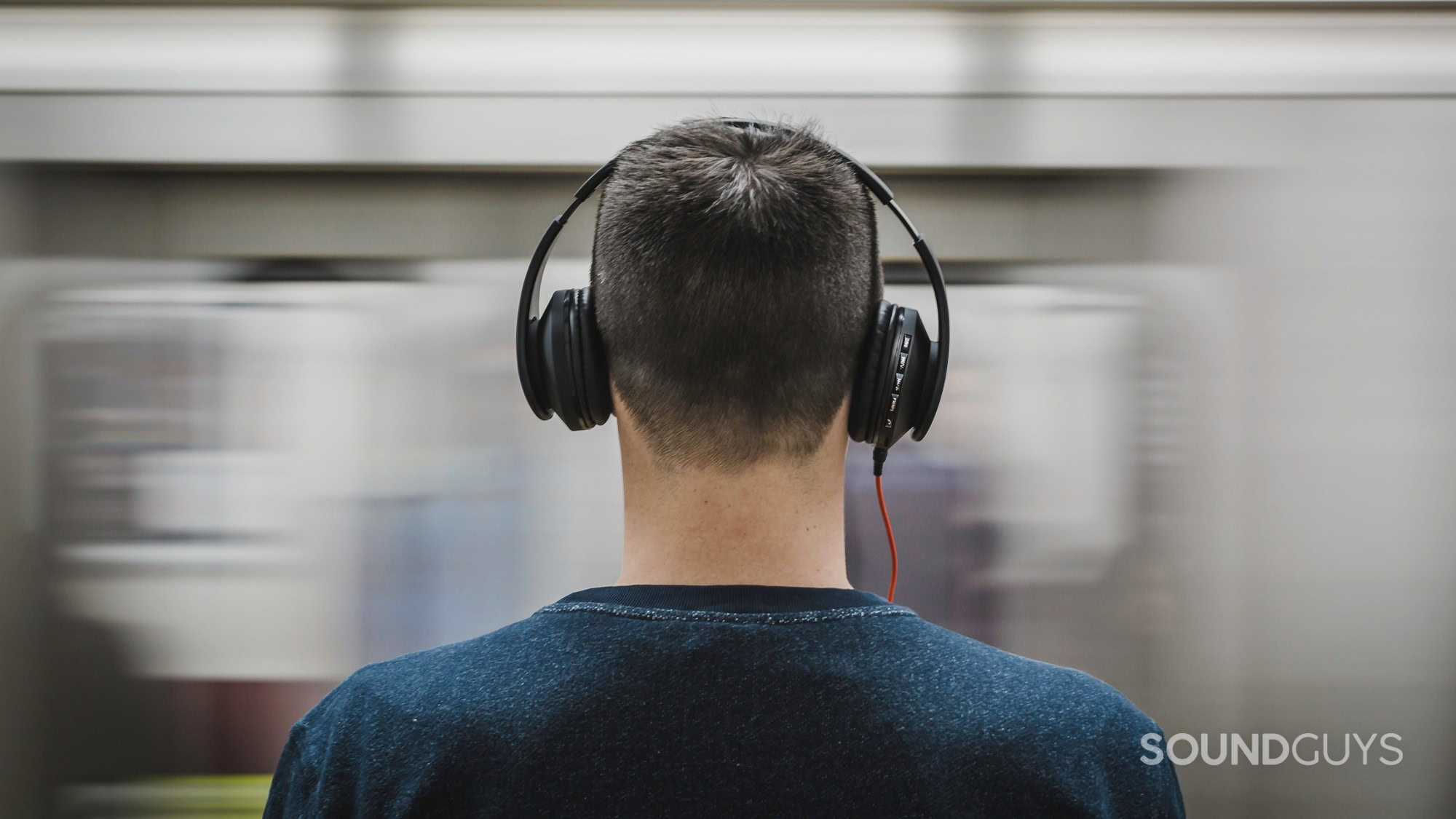All products featured are independently chosen by us. However, SoundGuys may receive a commission on orders placed through its retail links. See our ethics statement.
The Sony WH-1000XM6 has AI-trained microphones: hear for yourself
May 15, 2025

With the launch of the Sony WH-1000XM6, one of the bold claims laid by the company was that the microphone array’s performance was vastly improved by training AI on voice samples in different environments. But does it do a good job? We used our standardized test setup in our lab to record samples that you can compare with any other review on our site.
Sony WH-1000XM6 microphone performance in ideal conditions

With no sources of outside noise, or really anything to get in the way of the sample recording, here’s how the microphone of the Sony WH-1000XM6 is able to record and transmit your conversations over Bluetooth to your phone. This is the high-water mark for the Sony WH-1000XM6’s performance in phone calls, as it doesn’t take into account network issues, or anything outside of the headphones’ control.
To give a bit of a benchmark, here’s how the Apple AirPods Max handles the same:
Sony WH-1000XM6 microphone performance in the real world
But people don’t always talk on their phones in a perfect environment. Sometimes the kids start screaming over the TV, sometimes you get blindsided by the new hire asking questions while you’re off, or sometimes you absolutely have to pick up the phone when you’re out and about. For these occasions, you’re going to need something a little more robust than a simple omnidirectional mic. That’s why Sony’s 6-mic beamforming array with processing is purported to be such a big deal. But rather than just take a claim at its word, here’s the proof.

Using the same recordings with a calibrated mouth simulator in our lab, we’re able to replicate noisy conditions in a controlled environment. Here’s how the Sony WH-1000XM6 was able to handle common annoying-as-hell conditions.
Sony WH-1000XM6 performance in the office
Okay, that sample sounded a lot like the ideal conditions one, maybe a few pops and crackles now and again.
For comparison’s sake, here’s a set of earbuds that don’t handle noise in the same situation quite as well:
Sony WH-1000XM6 performance on the street

Street noise is largely a mix of conversations, engine noise, and intermittent junk that we often don’t want to enter our phone conversations. While it’s useful to have Sidetone so that we can hear our surroundings, our conversation partners generally don’t care to hear a truck roaring past.
Again, the odd pop and a little degradation of audio quality, but nothing really all that noticeable. You could be forgiven for thinking that we’re not actually running these tests just by listening to this clip alone, but this is an automated process, it’s happening. In contrast, here’s a product that struggles a bit with street noise:
Sony WH-1000XM6 performance in an echoing room
Very few mics are able to handle reverberant spaces very well, though there are standouts. The Sony WH-1000XM6 is easily one of them. Yet again, it’s tough to notice anything’s going on, though there is a little bit of reverb noticeable at the beginning there if you really listen closely enough.
To give a more recent comparison, here’s a relatively new product that struggles with echoes and reverberant spaces:
Sony WH-1000XM6 performance in the wind
Wind is by far the most difficult thing for a tiny microphone to handle, but there are several strategies to mitigate noise generated from air moving quickly over the microphones. Wind screens, processing, and using multiple mics that won’t always be in the path of the moving air are the main strategies used by most headphones, and the Sony WH-1000XM6 does all three at once. Only here do we finally start to see the Sony WH-1000XM6 struggle a little bit, but it’s not by a lot. There’s some muffled phrases, but mostly: this is a really good result.
Of course, we’ve all heard what can happen in windy conditions over a phone call. Dropouts, cut-outs, high noise all have torqued us up over the phone. But to really drive the point home, here’s what can go wrong with a microphone without processing for wind:
What do you think?
After hearing the above, how would you rate the Sony WH-1000XM6’s performance? Nobody’s recording any smash hit music over their headphones, but the job of a microphone in everyday life is complicated, difficult, and fraught with opportunities for frustration.
How does the microphone sound to you?
Be sure to check our Sony WH-1000XM6 review for poll results and more discussion of what you think in the future.
Thank you for being part of our community. Read our Comment Policy before posting.